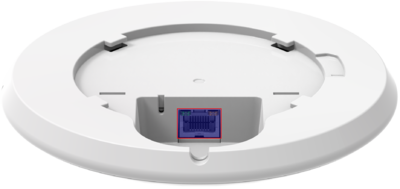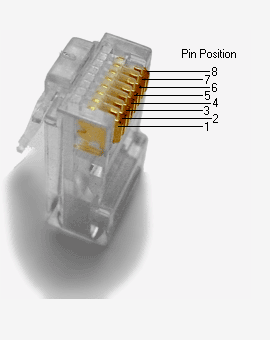TAP100 Powering Options
Main Page > TAP Access Points > TAP100 > TAP100 Manual > TAP100 Powering Options
This chapter contains information on powering options supported by TAP100 routers.
Passive PoE
The device may also be powered by an Ethernet cable via the LAN1 (9-30 VDC) port:
(Do not use in other ports!)
- The device is NOT COMPLIANT with the IEEE 802.3af-2003 standard: powering the device from an IEEE 802.3af-2003 power supply will damage the device as it is not rated for input voltages of the PoE standard.
- The device is NOT COMPLIANT with the IEEE 802.3at standard: it cannot power other devices over Ethernet.
Ground loops
Do not connect the power supply negative terminal of our device to the chassis or earth exclusively.
This connection could cause ground loops. For example, if the antenna shield and power supply negative terminal are connected to the chassis or earth, it forms a ground loop, therefore unwanted current could flow through a device PCB ground and may cause damage.



